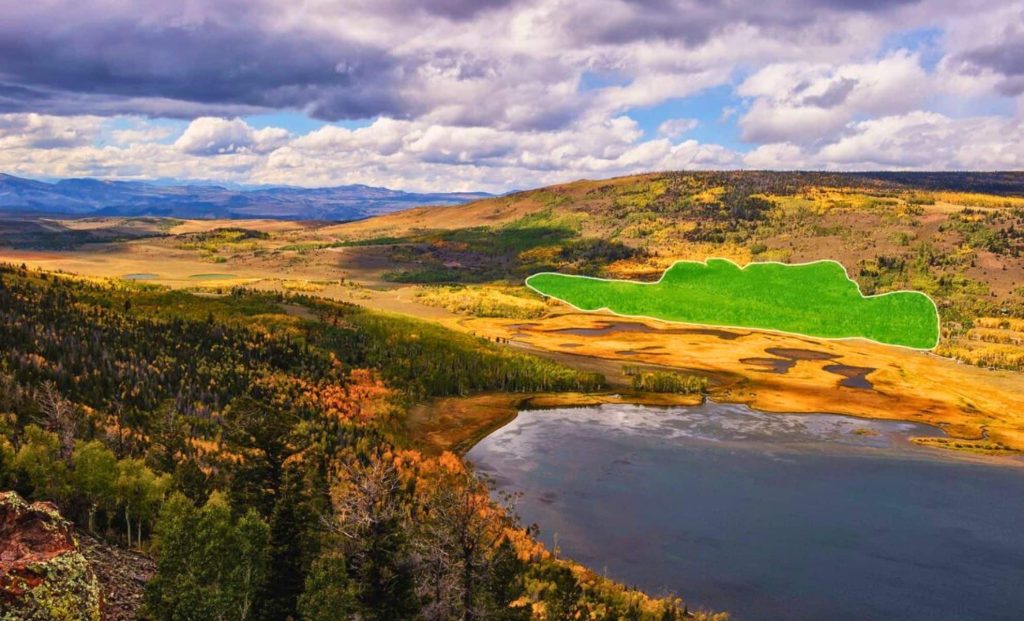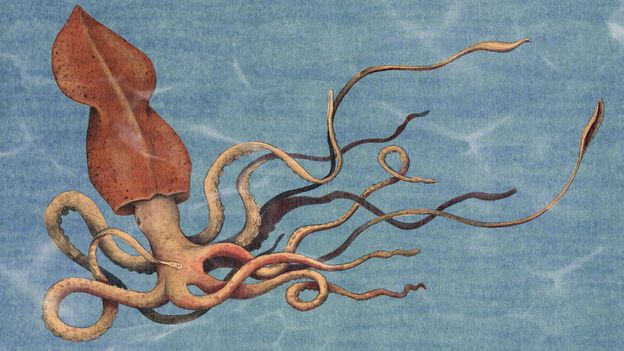17 Times Older Than the Pyramids: Meet “Pando”, Earth’s Largest Living Organism – The Daily Galaxy –Great Discoveries Channel

Deep in Utah’s Fishlake National Forest lies a hidden giant—an ancient organism that spans over 106 acres. Known as Pando, it has silently witnessed the rise and fall of civilizations. Scientists believe it could be tens of thousands of years old, outdating the pyramids by millennia. In the heart of Utah’s Fishlake National Forest, a behemoth lurks—not in the form of a towering mountain or vast canyon, but as a seemingly ordinary grove of trees. This is Pando, a massive quaking aspen colony spanning over 106 acres, and it hides an incredible secret: it’s the largest and possibly the oldest living organism on Earth. But what makes this ancient giant so extraordinary is not just its size—it’s how it has defied death for millennia.Pando, whose name fittingly means “I spread” in Latin, isn’t a collection of individual trees but a single entity. Nearly 50,000 tree trunks, all genetically identical, rise from one colossal underground root system. Scientists estimate its age to be between 16,000 and 80,000 years—making even the youngest estimates older than most human civilizations.While it might look like an ordinary forest, Pando is a living cheat code, cloning itself endlessly to withstand the ravages of time. Unlike most trees, it doesn’t rely on seeds for reproduction. Instead, it regenerates new trunks directly from its roots, keeping its ancient genetic blueprint alive while the world around it changes.For decades, scientists have marveled at Pando’s resilience. Recent studies have uncovered a treasure trove of genetic secrets within its roots, leaves, bark, and branches. Researchers identified 4,000 genetic mutations scattered across its sprawling system, subtle changes accumulated over thousands of years. Yet, despite these mutations, Pando’s genetic makeup remains surprisingly uniform.This unexpected consistency has raised eyebrows in the scientific community. How does a clone, essentially a genetic copy of itself, manage to persist and adapt over such vast time scales without succumbing to the vulnerabilities typical of clones? William Ratcliff, a leading scientist studying Pando, suggests its genetic diversity may be better distributed across its system than previously thought, a feature that likely strengthens its survival.One of the secrets to Pando’s success lies in its triploidy, a genetic anomaly that gives it three copies of each chromosome. This trait could be the key to its incredible endurance. Scientists believe that triploidy enhances cell size and robustness, allowing Pando to weather environmental changes that have wiped out other ecosystems.Additionally, Pando’s decentralized structure acts as a natural insurance policy. Unlike a single massive tree vulnerable to disease or damage, Pando’s thousands of trunks distribute risk across the colony. Even if parts of it suffer, the organism as a whole can continue to thrive.Yet, even this ancient giant isn’t invincible. Human activity, overgrazing by deer and elk, and climate change pose significant threats to Pando’s survival. Conservationists are now racing to protect it from these pressures, emphasizing that Pando is not just a natural wonder but a biological treasure that could unlock mysteries about evolution, cloning, and long-term survival.Got a reaction? Share your thoughts in the commentsEnjoyed this article? Subscribe to our free newsletter for engaging stories, exclusive content, and the latest news.Omg we’re not sure with the pyramids age still 😳 😅. F meComment Save my name, email, and website in this browser for the next time I comment.
© 2024 | Daily Galaxy | All rights reserved






